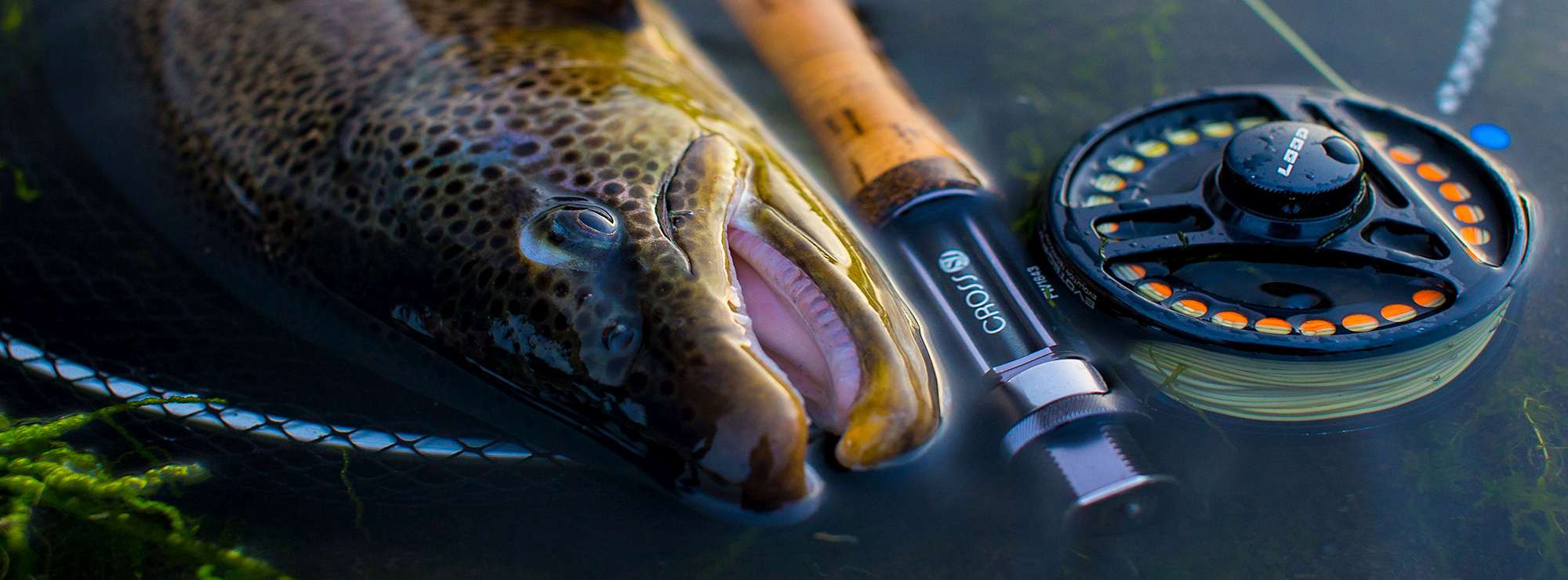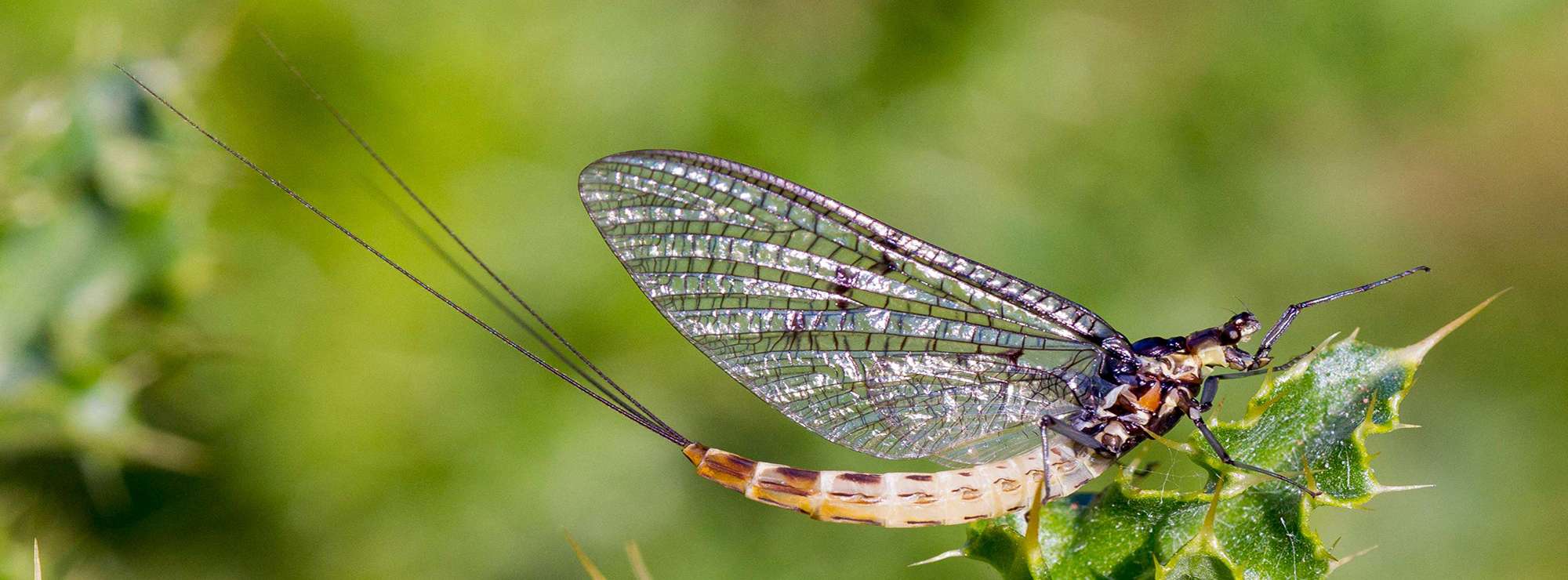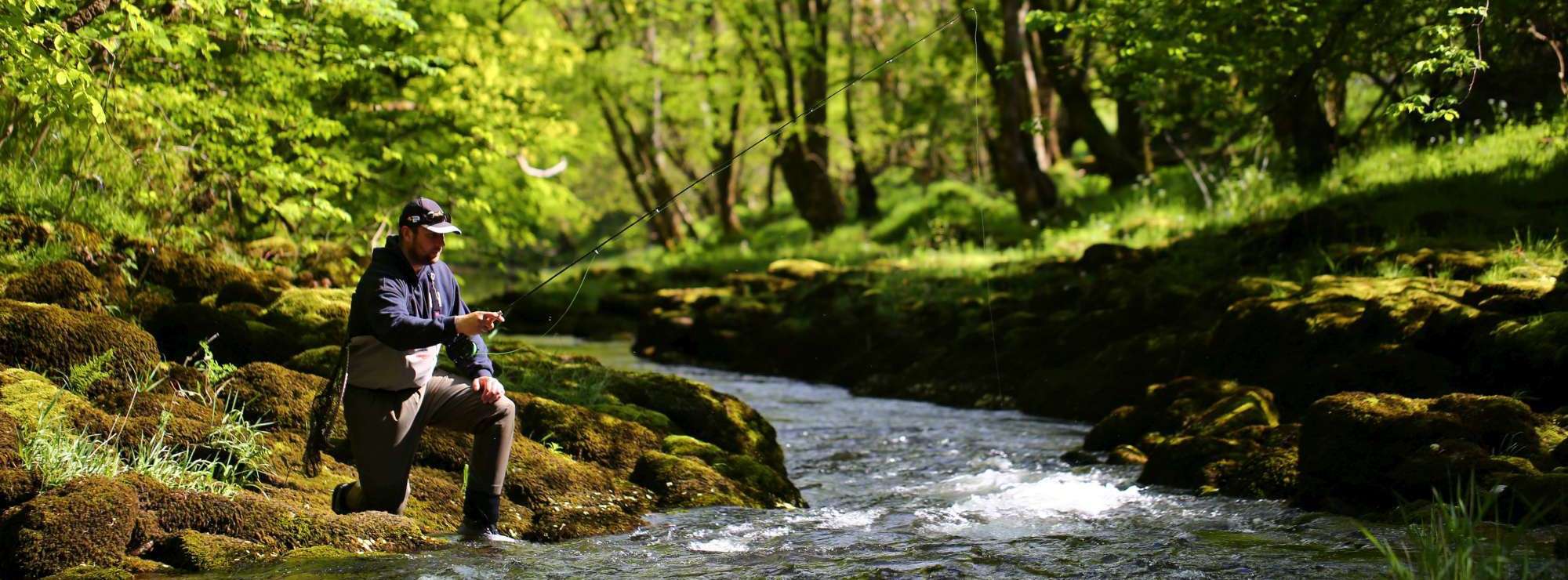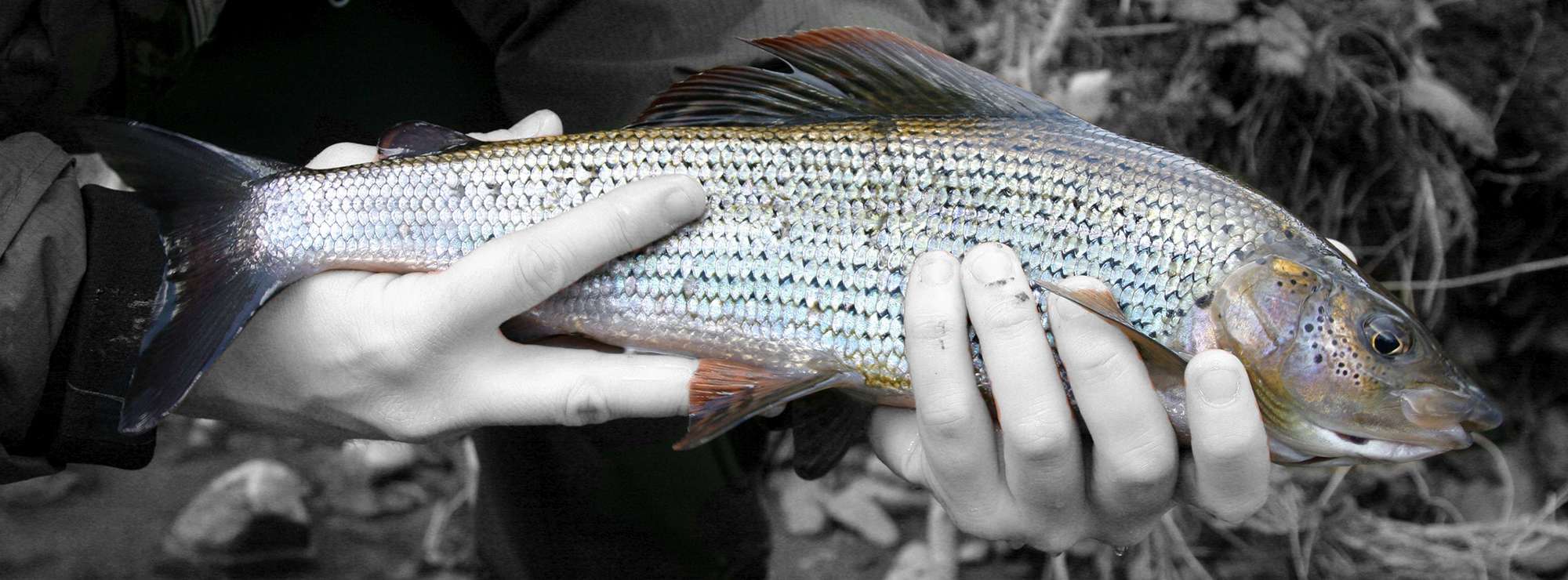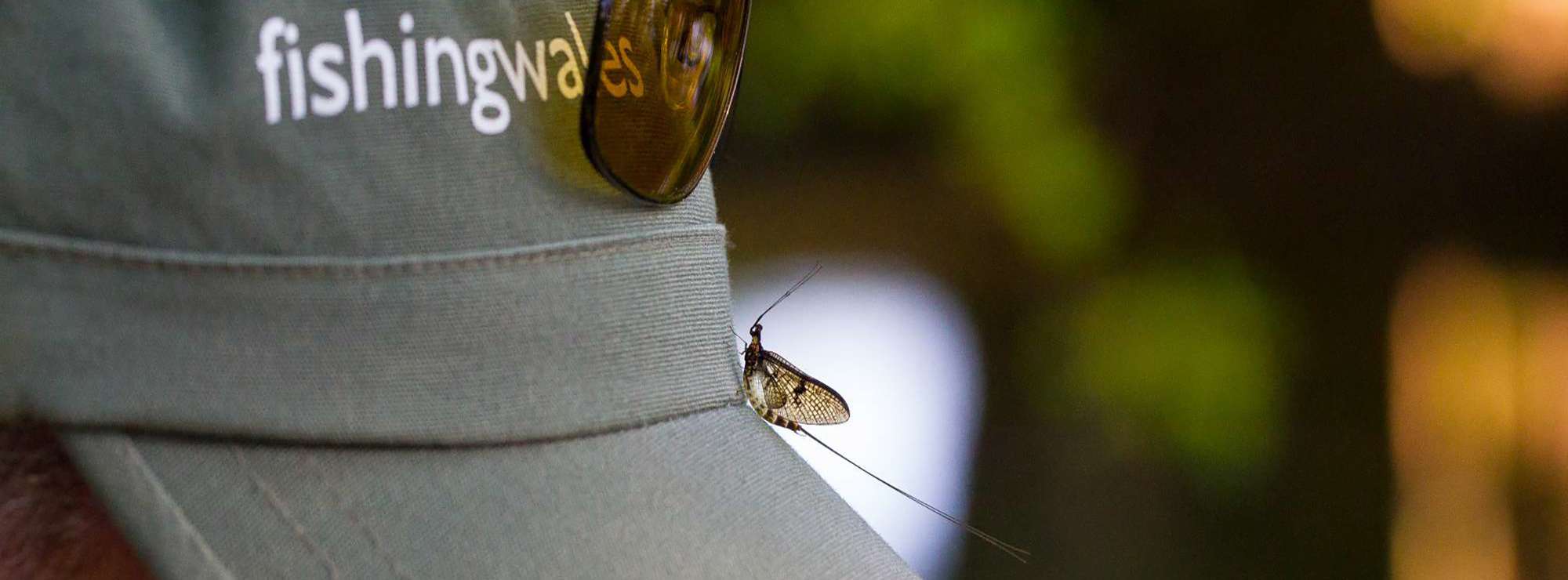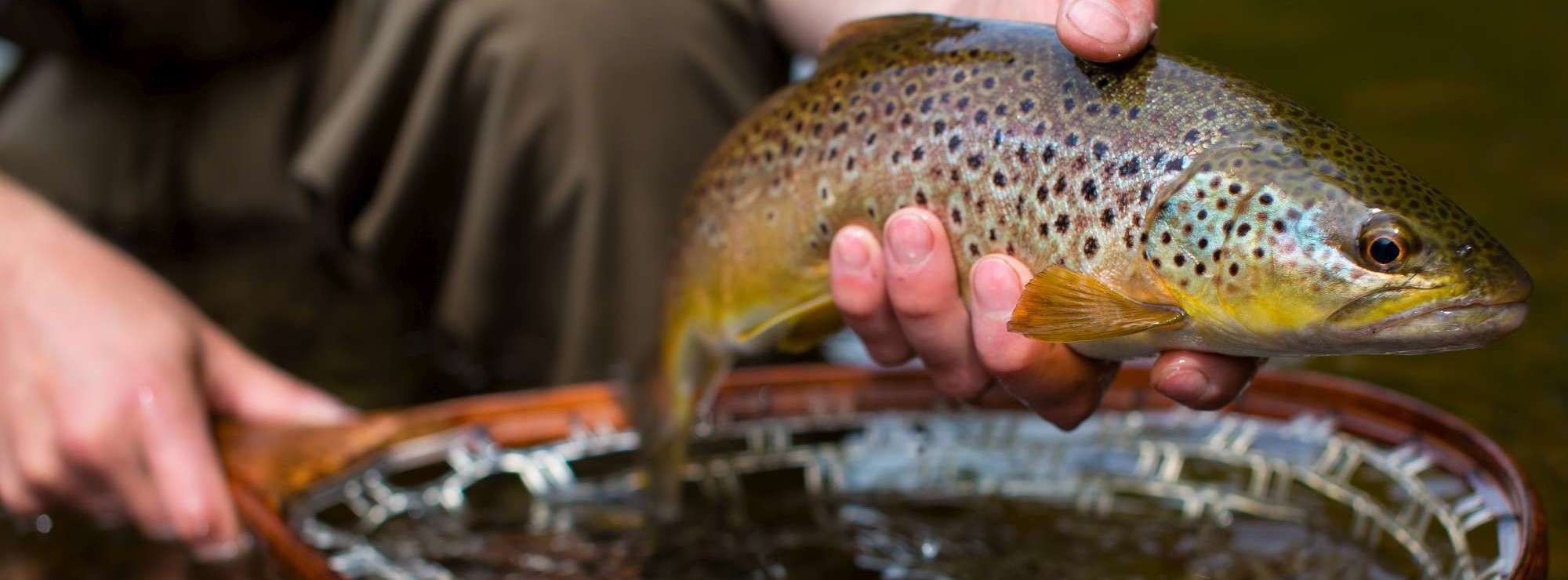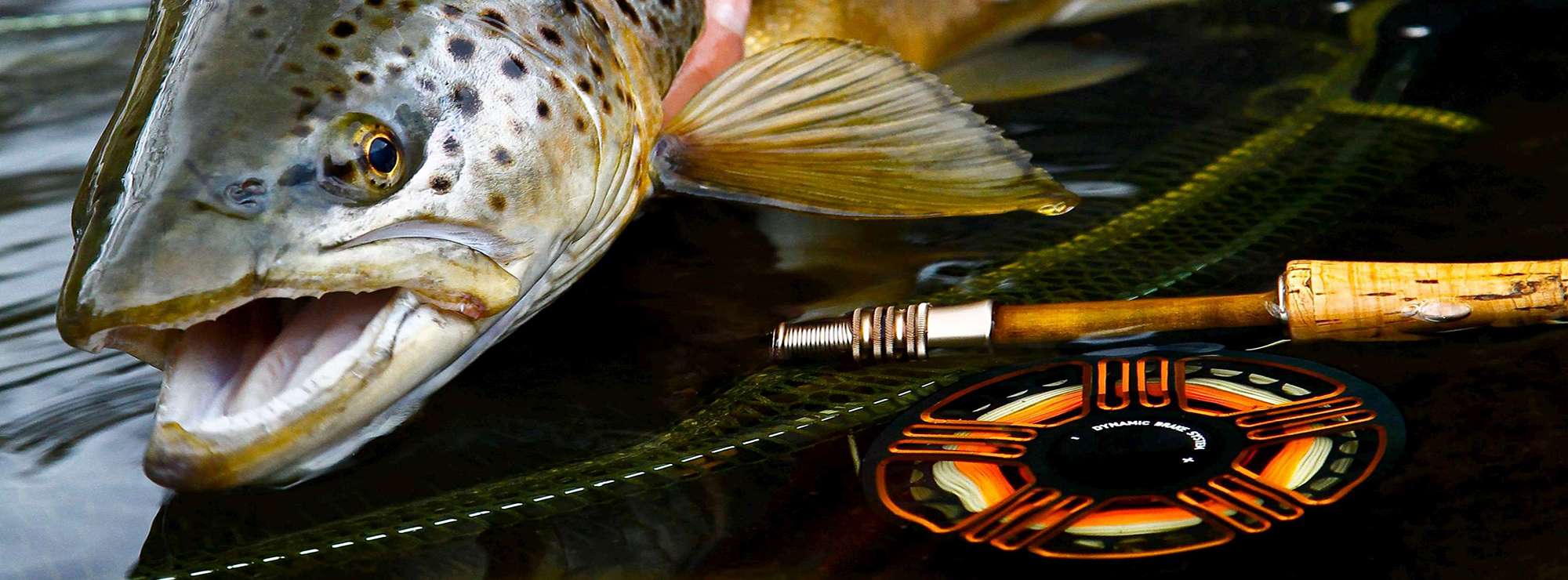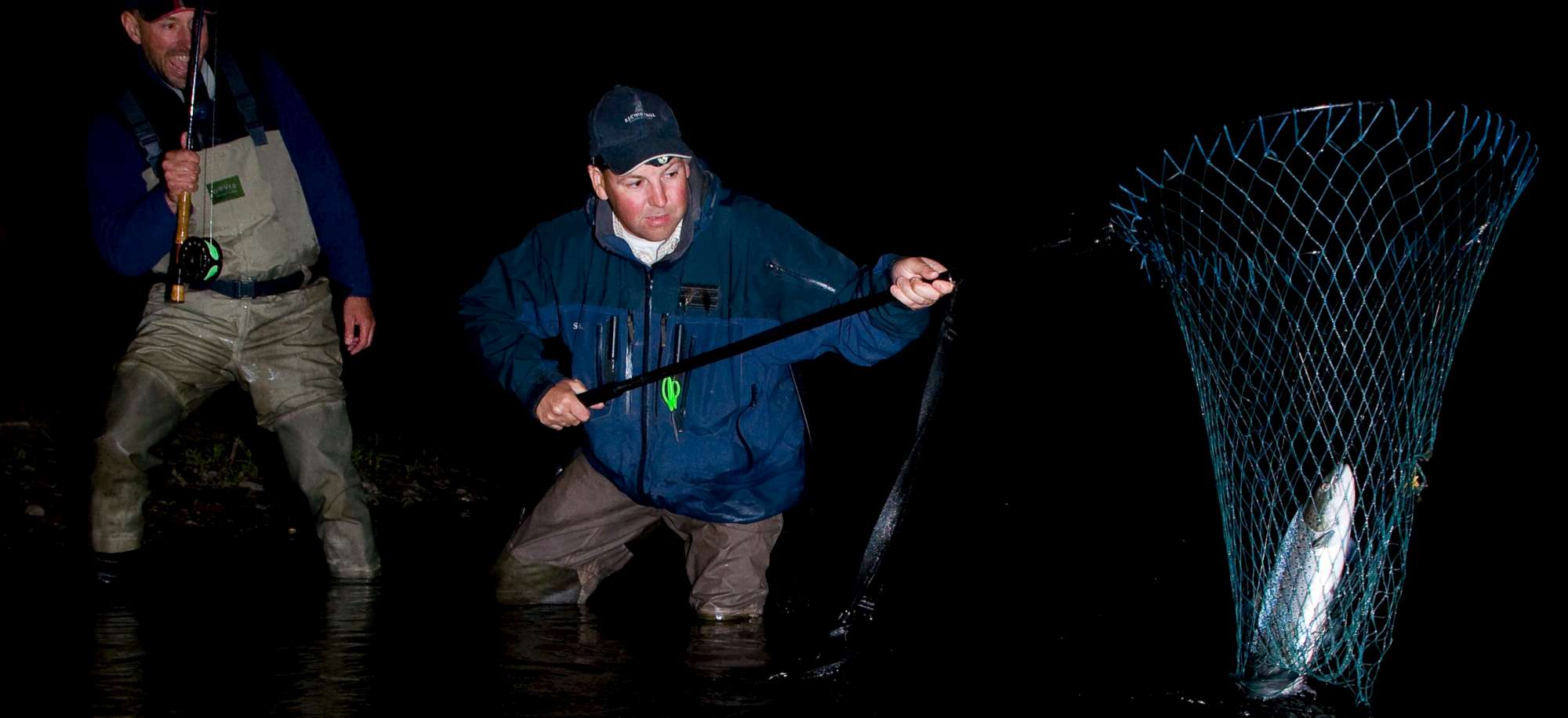5 Top Tips for catching sea trout (sewin) – by Steffan Jones
Sea trout are mysterious creatures at the best of times. However, the following should provide valuable insight into their habits and how best to approach them during your next visit to the river.
1. When night fishing, don’t move into the slow, glassy water until it is properly dark – unless the river is carrying some colour or extra height. Sea trout are not that wary at night, but can be incredibly so in the daytime or when significant light remains at dusk – more akin to a brown trout than anything else. They will start to move from pool to pool at dusk and will also move into the faster water at the head of the pools etc. so target this type of water before darkness descends, rather than the slower holding water where the fish may be easily spooked. Only venture into such water when it is completely dark and do not get tempted because you are seeing fish jump in these areas – they will still be there in half an hour. If, however, the river is carrying some colour then the fish will be less easily spooked and since night fishing is rarely productive in such conditions you can target such fish before darkness falls.
2. Do not fish with light mono; otherwise a fool and his sea trout will soon be parted! Sea trout are not leader shy at the best of times, with this being especially so at night. Fish with a minimum of 10lb breaking strain, with 12lb or even 15lb being preferable. Fluorocarbon is not needed; stick with the likes of cheap and cheerful but very reliable maxima ultragreen. If fishing in the daytime or at dusk with smaller flies, then fluorocarbon should be utilised, with my preference being the airflo G3 or extreme in 8lb.
3. Make life easy for yourself; use a 40+ line, a sewincaster or one that’s +1 line weight heavier than your rod’s rating. You are rarely going to be fishing longer than the belly of your line, so utilising a slightly heavier line for your rod helps casting at night – especially when you cannot monitor your loops and especially when you are using heavy flies that can hinge on lighter lines. As for the rod; do not fish a fast/tip action; this is a recipe for disaster! Tight loops are the last thing you want at night, as tangles will soon follow. Choose a slightly softer action (middle to tip), which will also help keep a good hook-hold on fresh fish – these have softer mouths where a stiff rod will rip the hook-hold.
4. Keep artificial light to a minimum. The fish are not particularly ‘shy’ of artificial light and will not go scurrying back to sea if they sense such things – even though old literature may have you believe this. Prolonged exposure will make them wary, so it is best to avoid this, of course. However, the main reason to keep it to a minimum is to maintain your night vision, which is soon lost once you have utilised your torch. A red filter can help with this, but keeping any light to a minimum is the best cure. Also, when changing flies, sorting out the inevitable tangle etc. always turn your back to the water before turning the torch on.
5. Don’t over complicate your fly selection. I would much rather see someone fish for sea trout with every fly being black and silver but then in various length, weights and profiles (silhouettes) than a myriad of different colours in the same length and style. I often hear people saying that they like slim flies for sea trout. Yes, you need slim flies, but you also need fat flies! Try flies with palmered bodies, thick head hackles etc. along with the slim flies. Both are needed in your armoury to present different silhouettes to the fish. As a simple rule fish with flies up to one inch long before dark then an inch and above after dark. That should hold you in good stead.
Tight lines!

